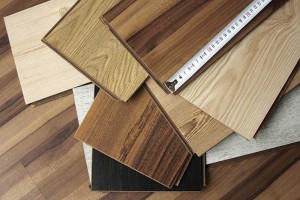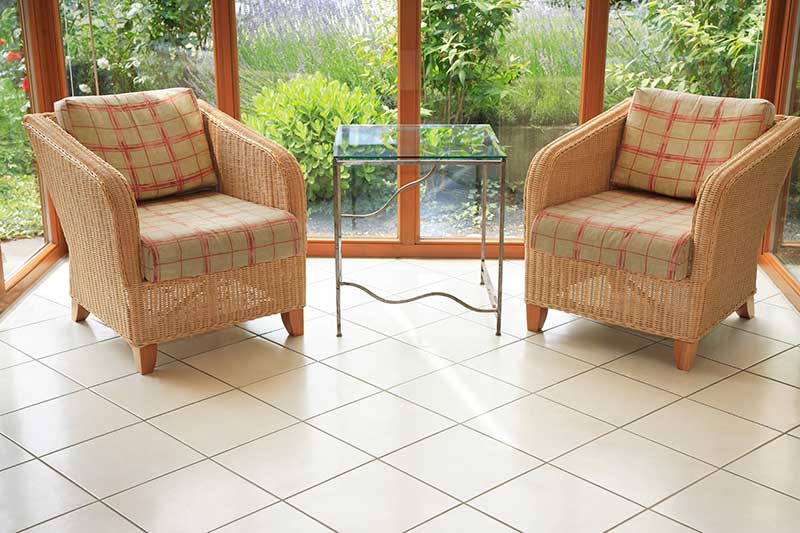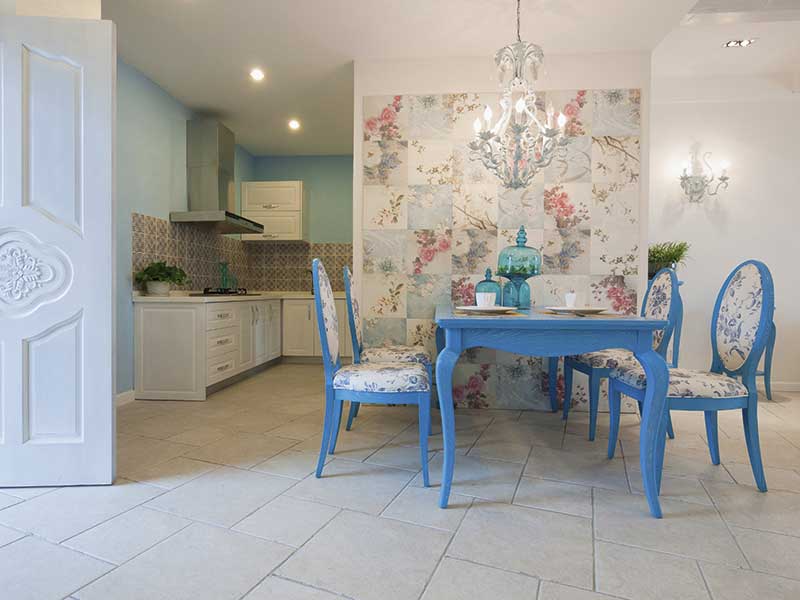Hardwood flooring is a popular floor finish in both contemporary home design and home restoration projects and it is an ideal material to use with an underfloor heating system.
In this guide we’ll explain:
- Is underfloor heating suitable with hardwood floors?
- The differences between hardwood and engineered wood
- The qualities of hardwood
- How best to install floor heaters with hardwood flooring
- The best electric floor heating systems to use with hardwood flooring
Can I use Underfloor Heating with Hardwood Floors?
Electric underfloor heating systems work well with hardwood floors, as wood conducts and holds the warmth produced by the floor heater and radiates this into the room. The natural properties of wood also mean that it has a fast heat-up time whilst also resisting heat from escaping too quickly, making wood helpful in maximising the energy-efficiency of an underfloor heating system.
Differences between Hardwood and Engineered Wood Flooring
Whilst both hardwood flooring and engineered wood flooring can be used with an underfloor heating system, the differences in their density and moisture content values can lead to different heating requirements.
Hardwood
When we refer to hardwood, we generally mean natural timber– that is wood that has been cut and treated specifically for flooring and most commonly produced as floorboards. When considering installing floor heating with a hardwood floor finish, the quality of the wood is very important. Quarter-sawn wood is the best choice as it has been cut in such a way that when it absorbs moisture, it is unlikely to bow or warp.
Engineered wood
Engineered wood is a man-made product that often utilizes a hardwood finish on top of a plywood inner core. All engineered wood is designed to limit the growth and shrinkage caused by moisture in the atmosphere but due to the softer wood core, cheaper engineered wooden flooring can swell over time, in some cases causing a failure of the floor heating system. It’s always best to talk with your flooring supplier about the suitability of using your chosen floor finish with underfloor heating.
The Qualities of Hardwood when used with Underfloor Heating
As a natural material, wood is affected by its surrounding environment and there are some key things to think about when installing an underfloor heating system with hardwood floors.
Ideal Thickness
The thickness and density of hardwood flooring can impact on the performance of the system and we recommend that timber thickness should be no more than 18mm. Also, as wider flooring boards will often show more movement than more narrow boards, we recommend that the ratio of thickness to width should be in the region of 7 to 11. A board with a thickness of 16mm and width of 160mm would give a ratio of 10, so is ideal.
Thermal Conductivity
It is typically recommended that a maximum floor surface temperature of 27°C should not be exceeded for hardwood flooring but this not strictly accurate. This temperate instruction is based on historic research exploring growth and shrinkage rates of hardwood floors and it was at 27°C that the expansion of hardwood tested was deemed ‘invisible’ to the naked eye. This temperature is now an industry-wide recommendation, but hardwood floors can be heated to a higher level if necessary, however, if your flooring supplier recommends a maximum surface temperature of 27°C then you should follow this advice.
You can secure the temperature restriction of the hardwood floor using a Warmup Thermostat that accurately controls the underfloor heating system to provide you with an optimally heated room. As part of your project, you should also always get a heat loss calculation done in order to ensure that underfloor heating meets the room heating requirement.
Expansion and Contraction
All wood is hygroscopic, meaning it absorbs moisture from around it and this moisture causes both hardwood and engineered wood to naturally expand and contract over time. This moisture content can vary depending on what kind of timber you choose and the environment of where your floor-heating project is located. With the changing seasons, a hardwood floor will grow and shrink minutely as the indoor humidity changes. If installed incorrectly, this swelling and contraction of a timber floor can impact on the responsiveness of a floor heater.
Underfloor Heating with Suspended Timber Floors
Suspended wood floors are a common structural element in many period properties and we offer a range of floor heating systems specifically designed for suspended timber floors.
Electric Systems
You can also use electric underfloor heating with suspended timber floors. In these cases, you would use the original timber floorboards as a subfloor and install the electric system on top of it before laying down a new flooring finish.
Installation Tips
If you are installing a new hardwood floor with an underfloor heating system, there are a couple of key things to think about to guarantee a successful first-time installation.
Acclimating the Wood
Due to wood’s moisture content and the effect this has on growth and movement, we recommend letting the wood flooring acclimate to the environment inside the room it will be fitted to. Part of this process is an installation heating cycle during which the floor surface temperature should be kept at 15°C and the air temperature between 15-22°C. The atmospheric relative humidity should be between 40-60%.
After installation, the floor should acclimate for at least 48 hours before turning the system back on. The floor temperature should be limited to 15°C and increased by 1°C a day until the desired floor temperature is achieved. It is advisable to check the temperature restrictions with your floor manufacturer as the ambient temperature will depend on the season. Always check with the flooring manufacturer the suitability of the flooring for use with the heating system.
Self-Leveling Guidance
With regards to the hygroscopic properties of wood, it’s also worth being aware that the self-leveler will add excess moisture to the wood, so we recommend allowing screed to dry at a rate of 1mm per day. A 10mm expansion gap around the room is also recommended to prevent any future problems with the expansion and contraction of a hardwood floor.
Nailed Hardwood
Many hardwoods require a nail-down application and these too are suitable for use with electric underfloor heating. For installations where nailing is required it is important to follow the sleeper method. When installed following this method planks of wood are laid across the room, referred to as sleepers, to provide an intentional place to nail the wood without damaging the heating cable. As with all electric underfloor heating installations, we recommend checking product resistance before, during, and after installation to ensure the product has not been compromised.
Best Underfloor Heating Systems for Hardwood Floors
Our Foil Heater electric underfloor heating system is recommended for floating wood floor finishes and its unique design offers rapid installation times.
For spaces that require higher heat output or for a nail-down application, the DCM-PRO system is recommended. The DCM-PRO system also offers a fast installation and comes backed by a lifetime warranty.
Need more assistance?
- Use our System Selector Tool to find the right system for you project
- Get a Quotation and estimate the cost for your floor heating project
- View Warmup Underfloor Heating Range









